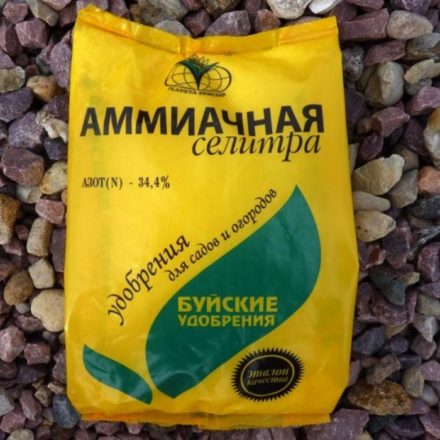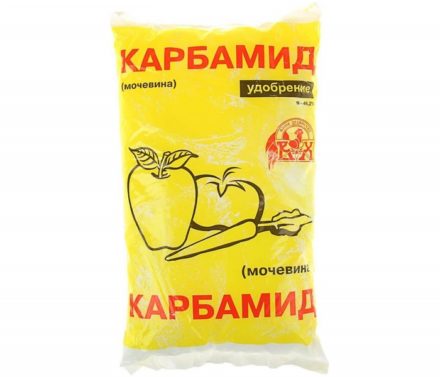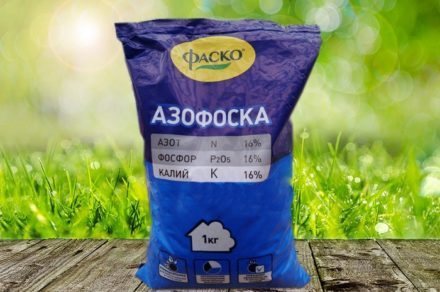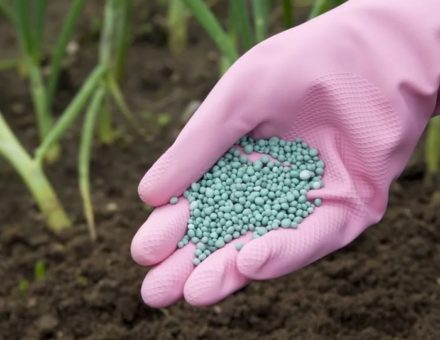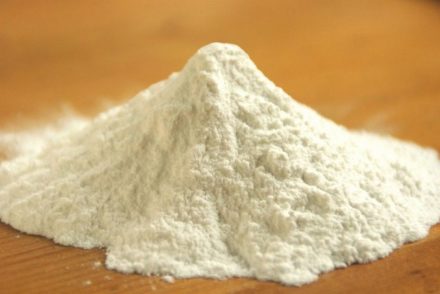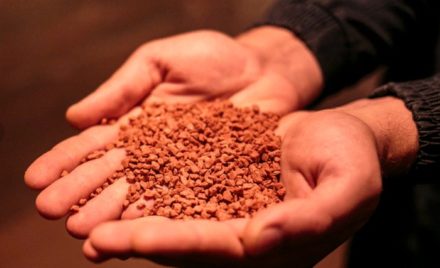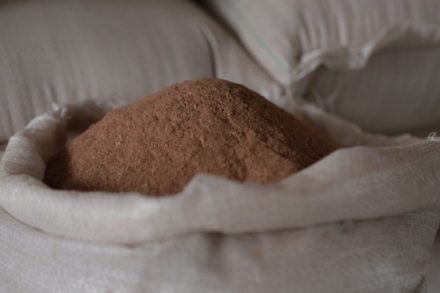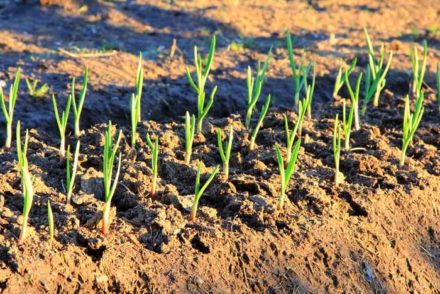In the spring, plants in the garden and vegetable garden need fertilizing for the active growth of greenery. An effective fertilizer often used in spring is ammonium sulfate, in which the proportion of nitrogen is up to 21%. The second element included in the composition is sulfur. The mineral is responsible for the quality of fruiting and increases the shelf life of the crop. Ammonium sulfate, although it is a chemical fertilizer, has low toxicity and does not harm roots and plants in general. Fertilizer is applied in dry and liquid form.
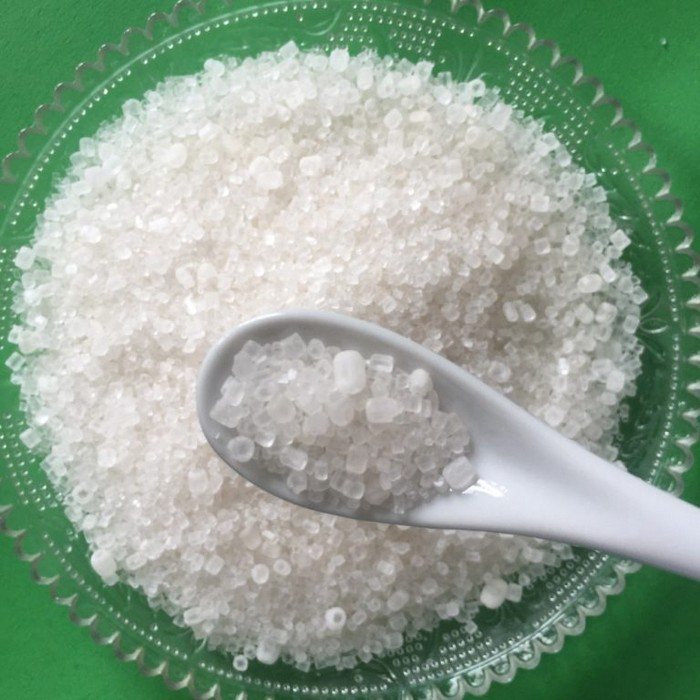
The benefits of fertilizer for plants
The pesticide is synthesized in production by saturating sulfuric acid with ammonia, which is why the fertilizer is also called the ammonium salt of sulfuric acid. The two-component composition does not allow the drug to be considered a complex fertilizer; it is combined with other fertilizers so that the plants receive all the substances necessary for development.
Ammonium salt is absorbed by crops on any type of soil. In this case, significant acidification of the soil does not occur, as often happens after the use of other nitrogen fertilizers. Ammonium sulfate remains in the upper layers of the soil for a long time, without being washed out or breaking down into volatile compounds. Thanks to this, plants can gradually absorb nutrients and use them for their needs.
Ammonium salt, after application, neutralizes nitrates accumulated in the soil, thereby improving the quality of the soil.The advantage of the pesticide is that it is combined with other mineral and organic fertilizers. The drug dissolves well in water and is absorbed by all parts of plants. The composition does not have explosive or flammable properties, which facilitates its storage.
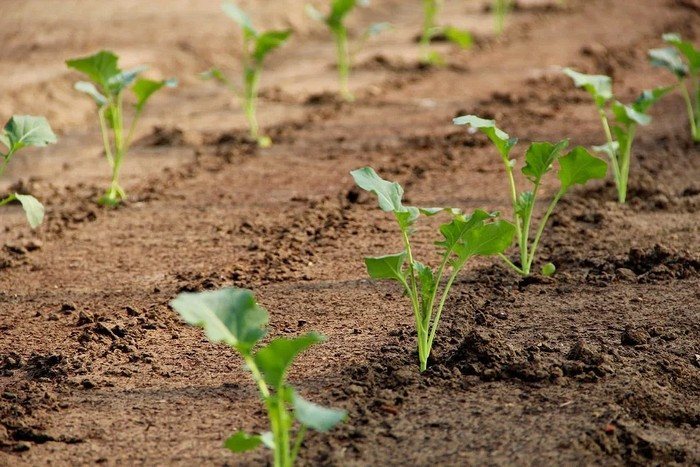
Timing of application of ammonium sulfate in spring
It is advisable to use ammonium sulfate in the second half of spring - in April and May. Fertilizer is applied while digging the soil and into the holes before planting seedlings. Later, you can use fertilizing if the plants show signs of nitrogen starvation - slow growth, faded color of the leaves. Granules are also scattered with the arrival of heat in the tree trunks, and then carefully embedded in the soil and watered.
Dosage for different methods of application
Ammonium sulfate is used in the form of crystalline powder and solution. To enrich the soil on the site, fertilizer is evenly scattered over the entire area, spending 25-30 g per square meter. meter. Then the soil is dug up. It is believed that the drug not only fertilizes the soil, but also disinfects it.
The pesticide solution is used to apply to the root zone and spray on the leaf. Ammonium salt is suitable for the following crops:
- all types of cabbage;
- radish, radish;
- leaf mustard;
- potato;
- swede;
- turnip.
Strawberries, blueberries, and cranberries will like top dressing. Coniferous plants, rhododendrons, and lawn grass will accept ammonium salt well. To prepare the solution, use 1 tbsp. l. fertilizers per 10 liters of water. Apply 0.5 liters of this fertilizer to each plant.
If the solution is needed for spraying on a leaf, the dosage is reduced by 2 times. To feed potatoes and root crops, use 1.5 tbsp. l. ammonium sulfate in a bucket of water. Fertilizing can be done from spring to mid-summer, applying fertilizer every 2-3 weeks.
You can purchase ammonium salt at any gardening store. One package weighing 1 kg is enough to feed all planted crops this season. The solution must be prepared in accordance with the dosage, taking into account the individual needs of the plants. With proper use of the pesticide, good results will certainly be achieved.


